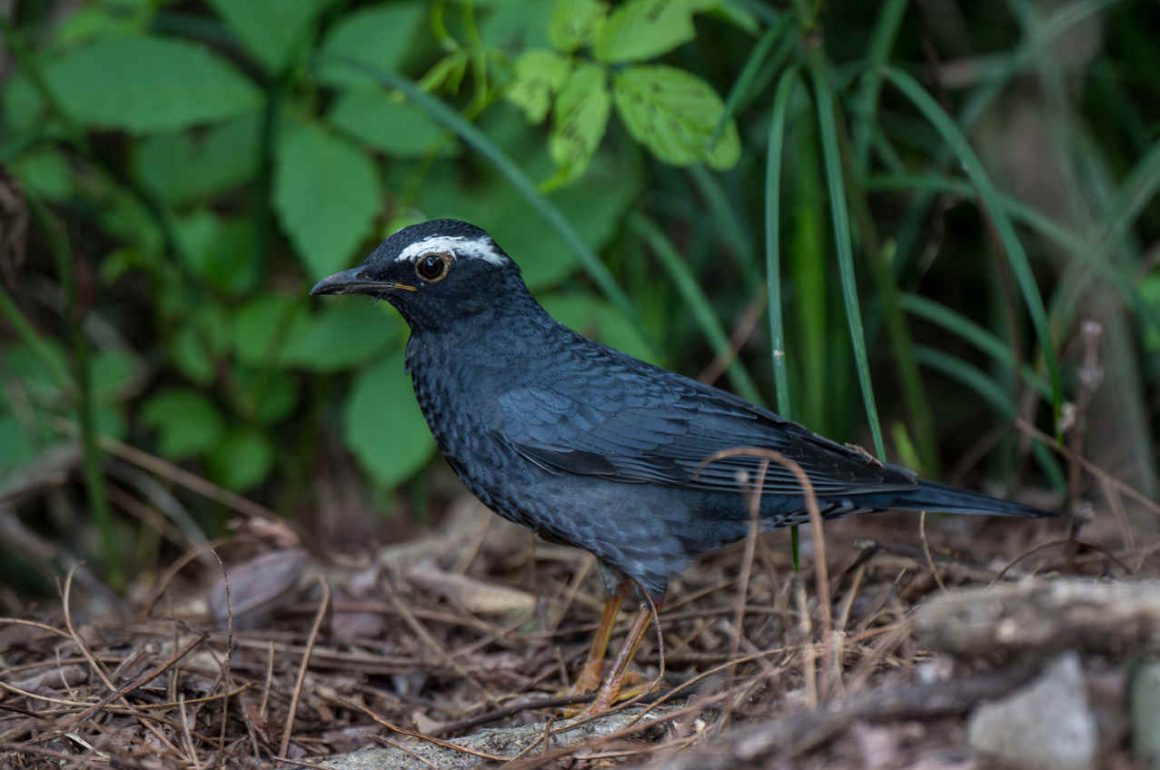
At the end of September, I started anticipating the sight of an Oriental Scops Owl, possibly my favorite of all bird species. But I had to wait until October 1st for the first one to show up.

Fortunately, it was immediately followed by another one on October 2nd.

Male Oriental Scops Owls are somewhat smaller than females, though talking about reversed sexual dimorphism sounds much more professional.
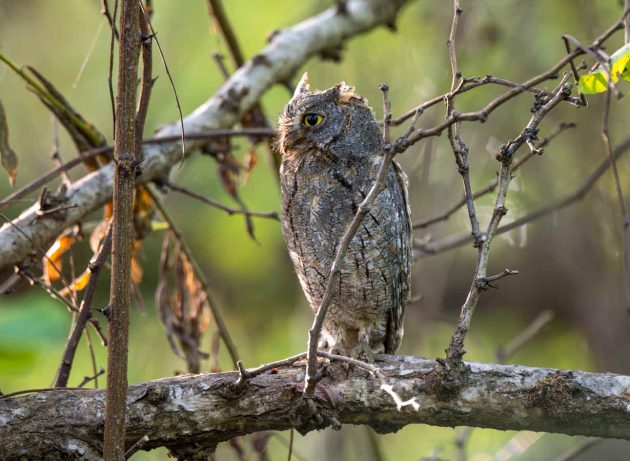
One paper claims that the sex differences are “significant but subtle”, which sounds a bit contradictory to me.
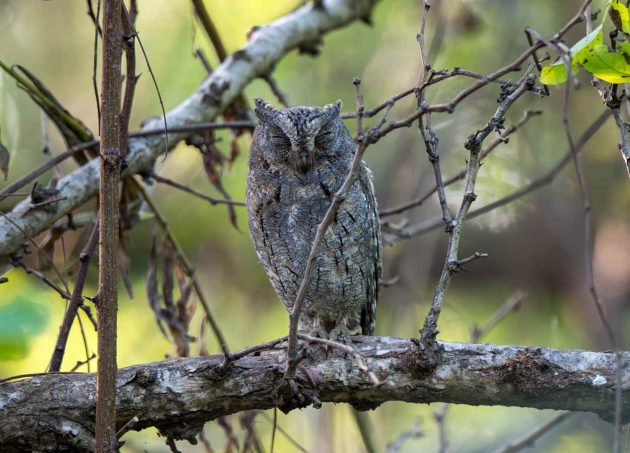
The paper goes on to explain that its findings “partially support the small male hypothesis, in Oriental Scops Owls, that smaller males are efficient foragers, which is beneficial in reproductive success”. Take that, Jack Reacher!

While some woke Oriental Scops Owls reject nesting in artificial nest holes, one study shows that this might be a mistake. Of the owls studied, 46% nested in woodpeckers’ nest holes, 39% in natural tree holes (38.5%), and 15% in artificial wood boxes, and the “artificial” nesters had the highest success rate. Makes me wonder whether I was right to move out of my apartment and into a cave.
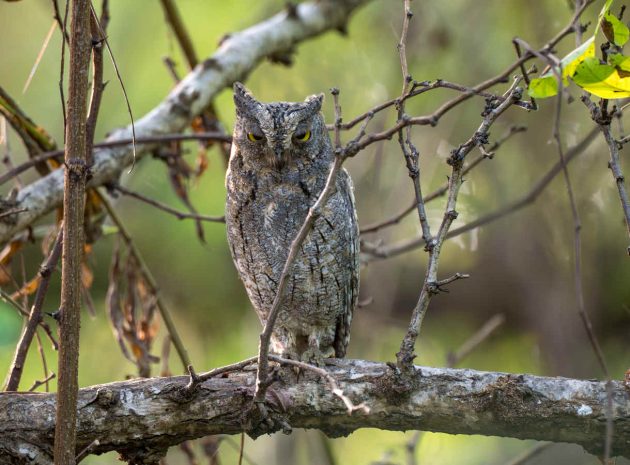
I have now run out of things to say about the species but saw another individual a few days later.
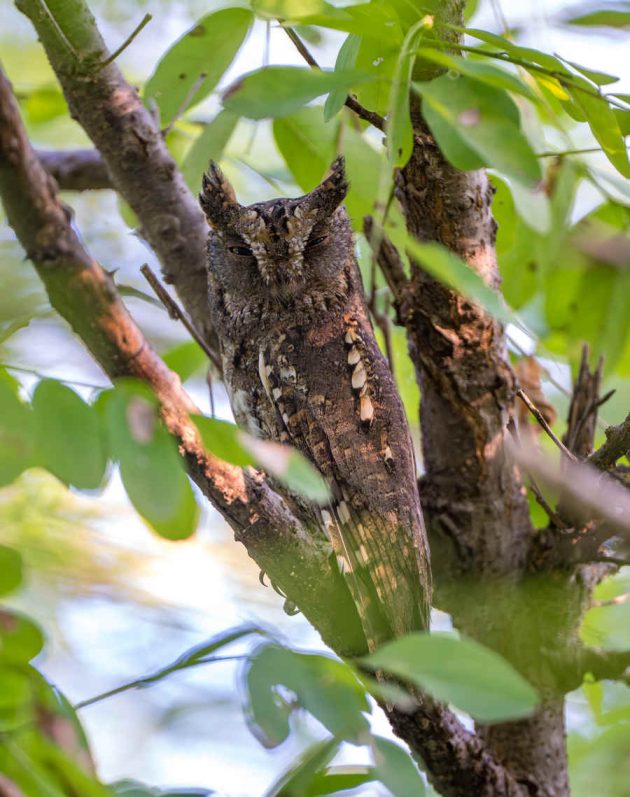
Unsurprisingly, female Bull-headed Shrikes that get more food delivered by their male partners spend more time incubating their eggs. I would probably act similarly if I were a female Bull-headed Shrike rather than a male human.
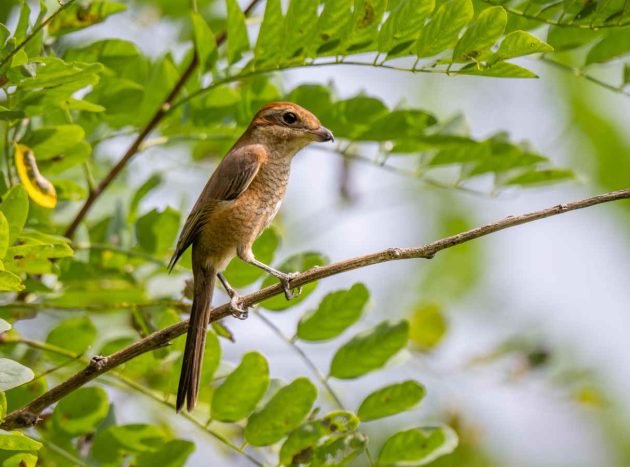
Flycatcher montage somewhere in the middle of the post (see “Training Montage” by the Mountain Goats for a musical version):
Taiga Flycatcher …


…Asian Brown Flycatcher …
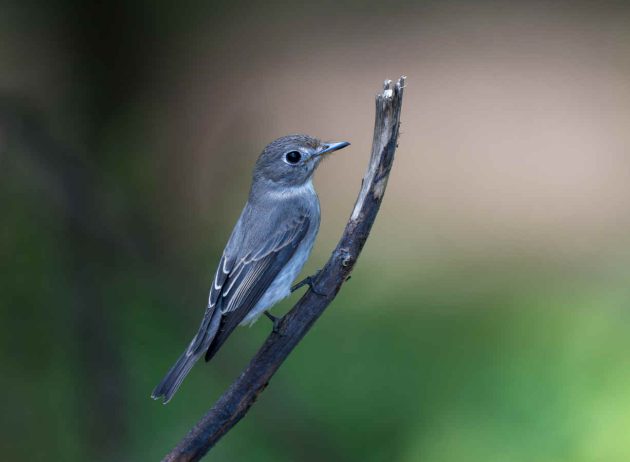
… Dark-sided Flycatcher …

… Black Paradise Flycatcher …
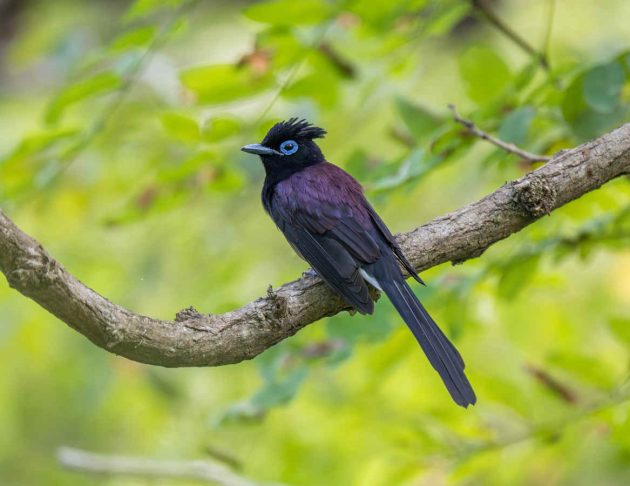
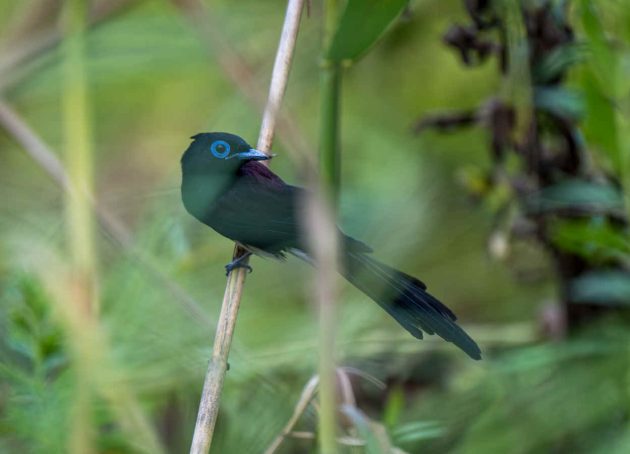
… and Blue-and-white Flycatcher:
Adult male

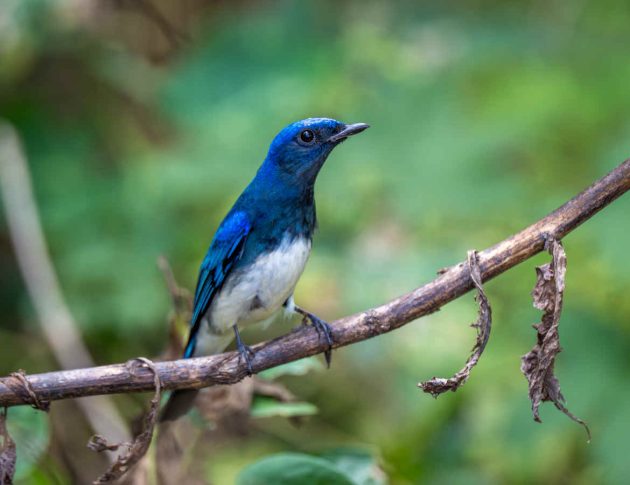

Juvenile male
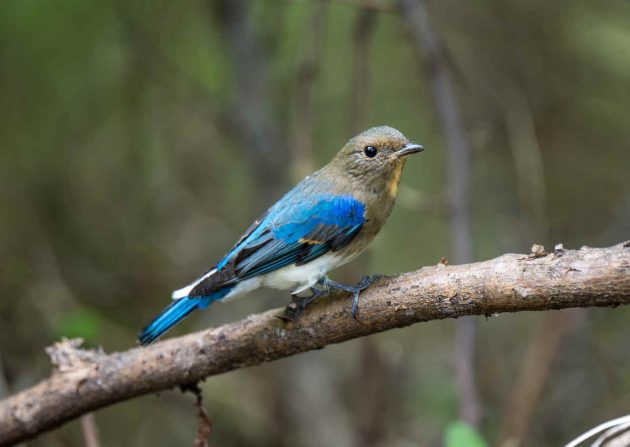
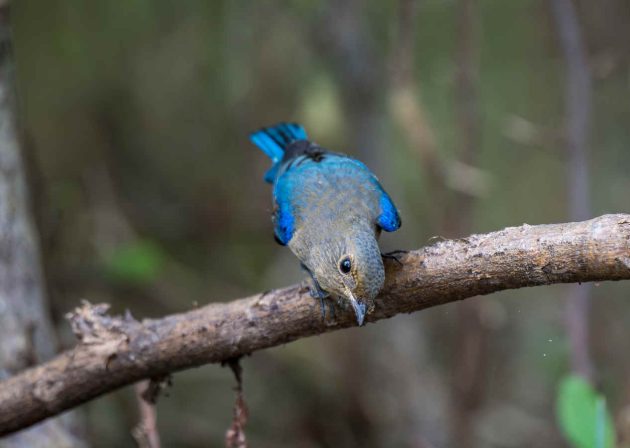
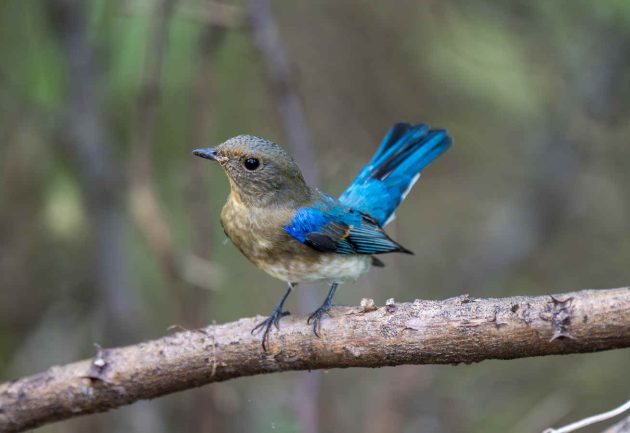
Female.
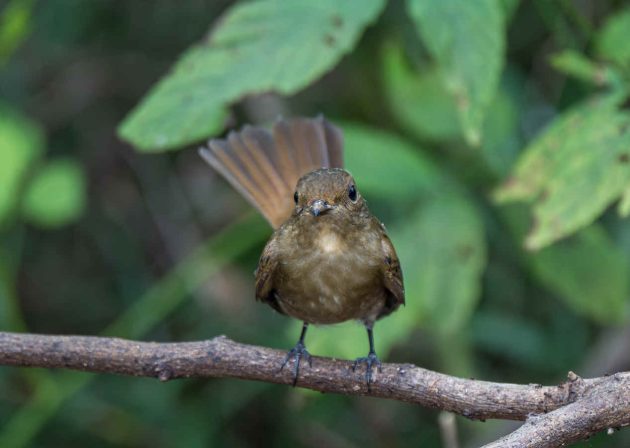
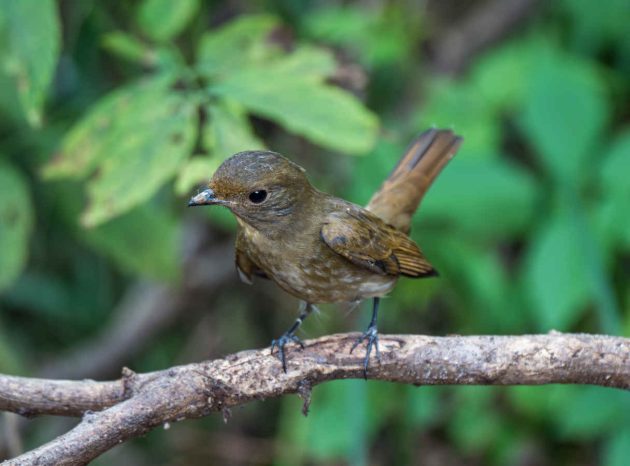
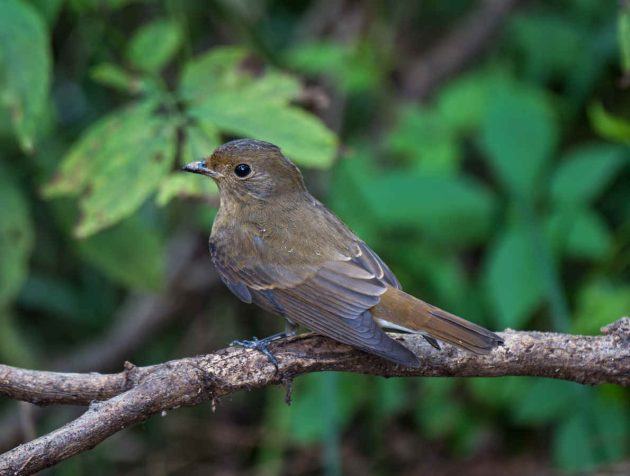
Bonus flycatcher, quite uncommon in Shanghai: Brown-chested Jungle Flycatcher.
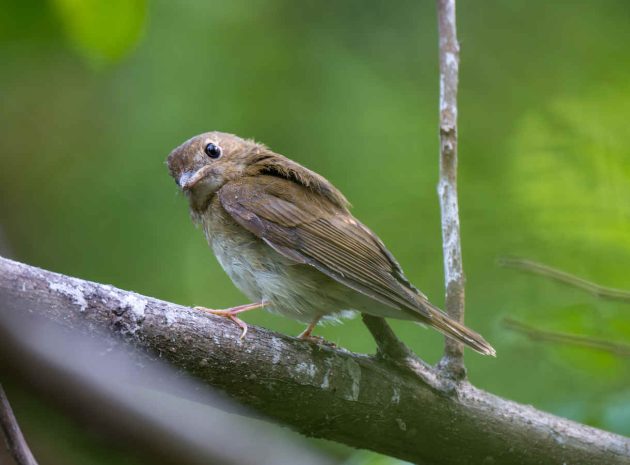
It is listed as Vulnerable, with a low estimated global population of 3500–15,000 individuals (HBW).
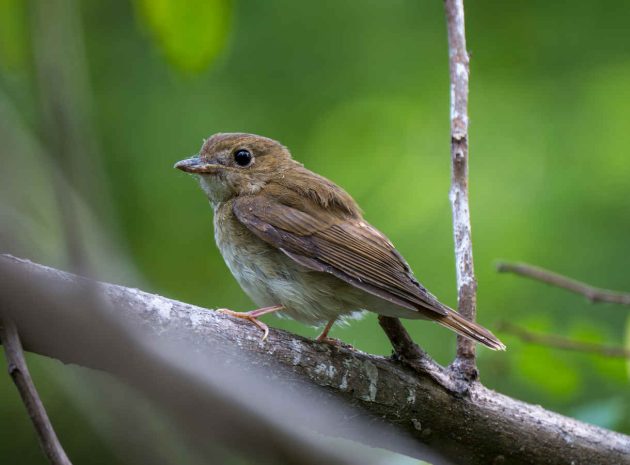
It is probably totally incorrect to say that a vulnerable bird species looks somewhat boring, but there is also a lack of scientific papers on the species (apart from cursory mentions in papers with titles such as “Avifauna at xy”) that seems to indicate a lack of interest in the species. Or maybe it is just too damn difficult to find.
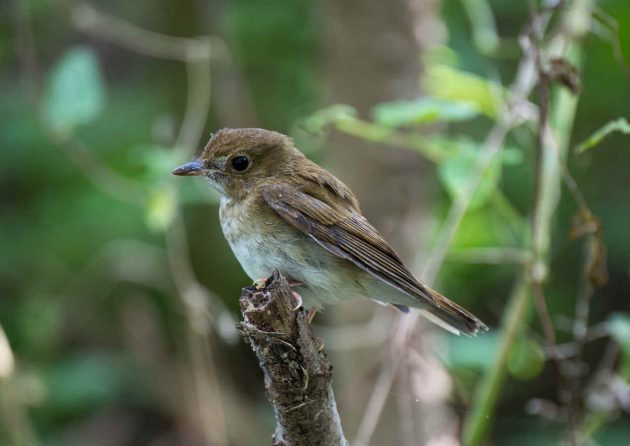
The male Siberian Thrush should win a design award. The eye-stripe really makes all the difference.
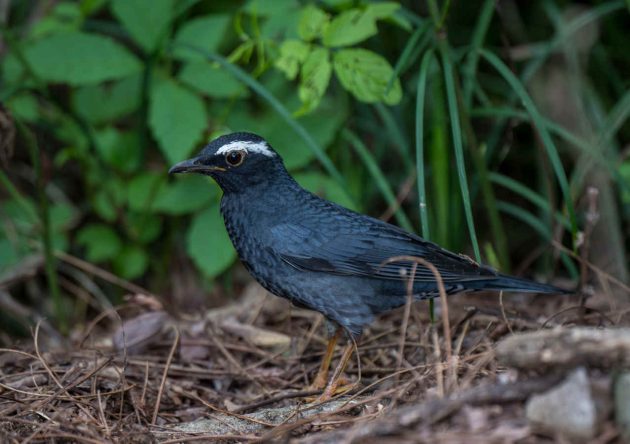
I am fairly certain I have mentioned it before, but it appears the species is not a frequent reader of the HBW, or it would not show up so frequently at the Shanghai seaside. After all, the HBW states that “In China, migrants generally follow mountain ranges, with little use of lowland areas.”
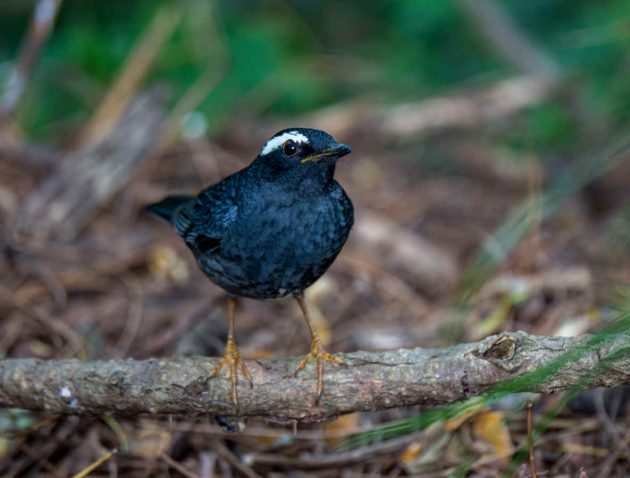
The design of the female is better suited to be used as camouflage for birders and bird photographers.


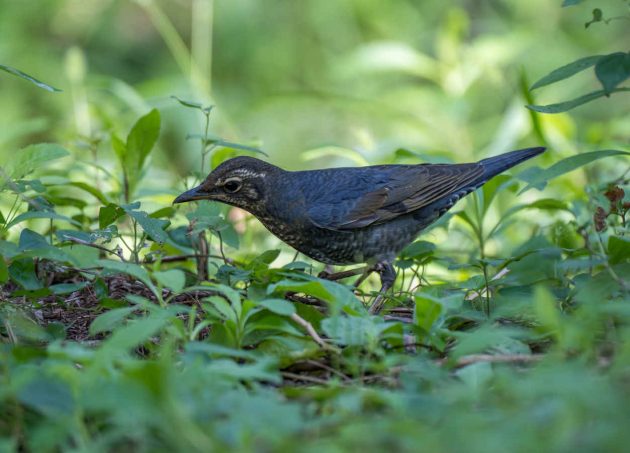
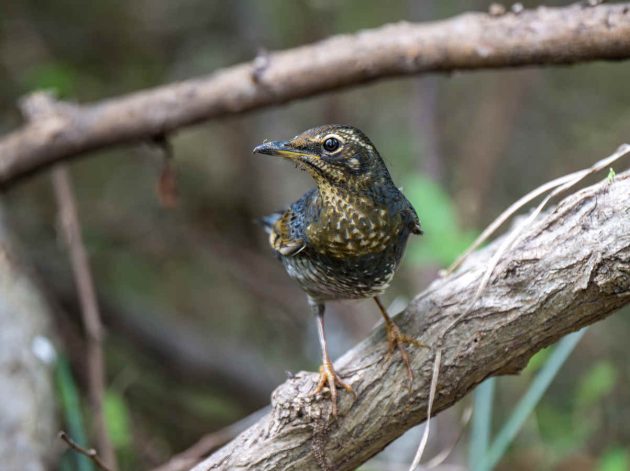
Early October also had the arrival of the first few Grey-backed Thrushes, some of which will overwinter in Shanghai.
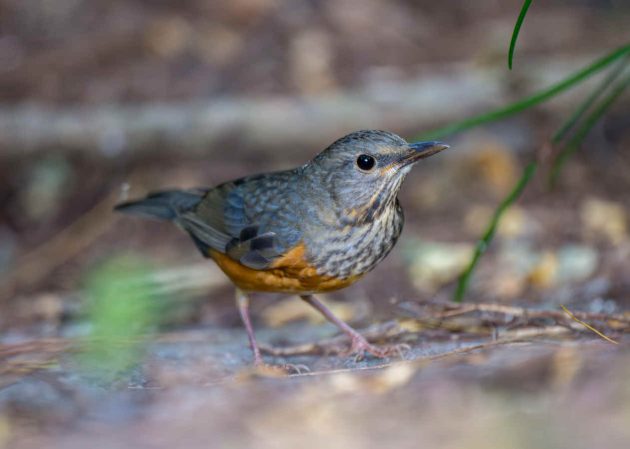
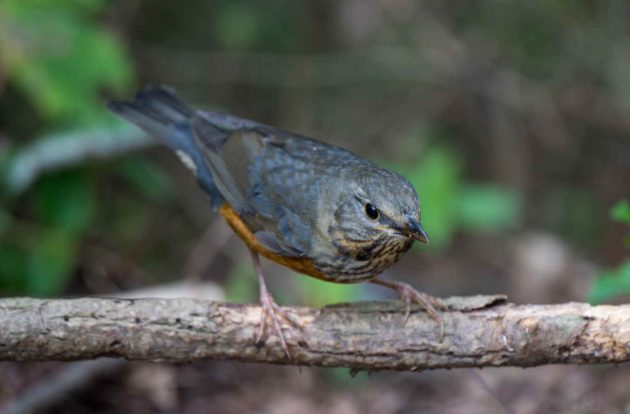
This is another one of those species that – due to being fairly common and having an unappealing name – probably get less attention by birders than they deserve.

The first White’s Thrushes are back in Shanghai as well – some will stay the whole winter, and hopefully I will get better photos of them.
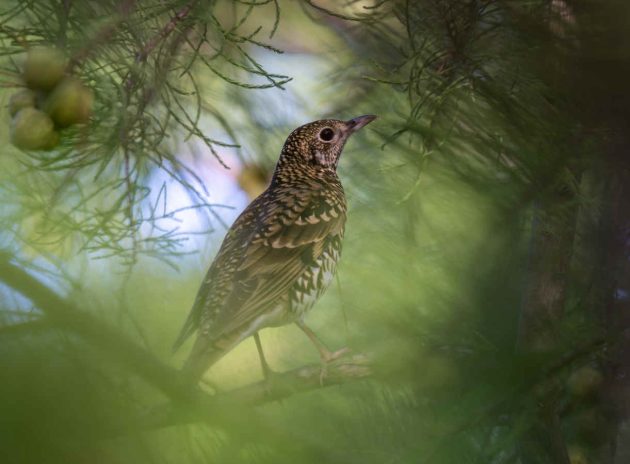
Apparently, members of the species are kind of night owls (ouch! terrible joke) as one study using nighttime acoustic monitoring found a higher number of this species than found during daytime surveys.
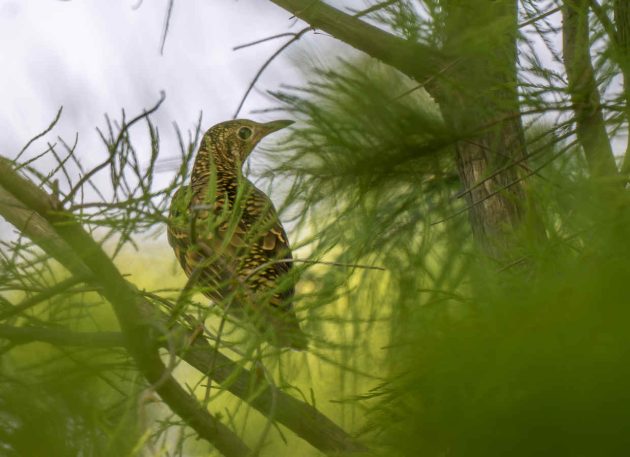
October 9 was the first day I saw another species I am glad to see each winter in Shanghai: the Daurian Redstart.
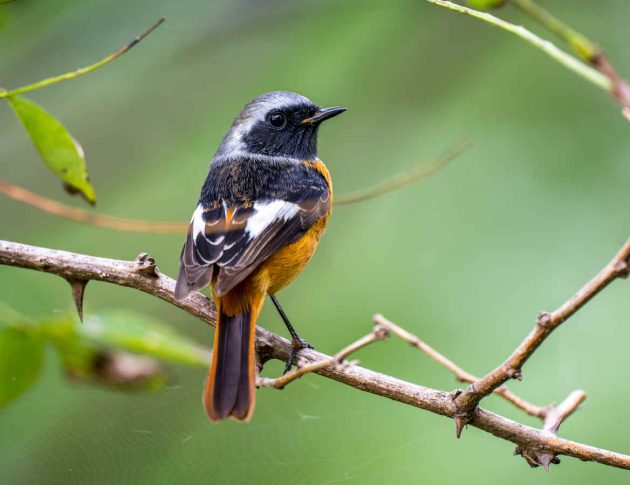
One very recent (September 2025) and, in my opinion, slightly bizarre paper examines the hypothesis that female Daurian Redstarts with bigger heads might be better at ejecting cuckoo eggs. The logic behind the hypothesis is that the first two of the three stages in rejecting cuckoo eggs (egg recognition, decision-making, and the act of ejection) could be related to the intelligence of the individual bird, and that, in turn, head size could be related to brain size. All for nothing, it turns out – no correlation. The title of the paper already gives it away: “Head size does not predict egg-rejection behavior in Daurian redstarts“.
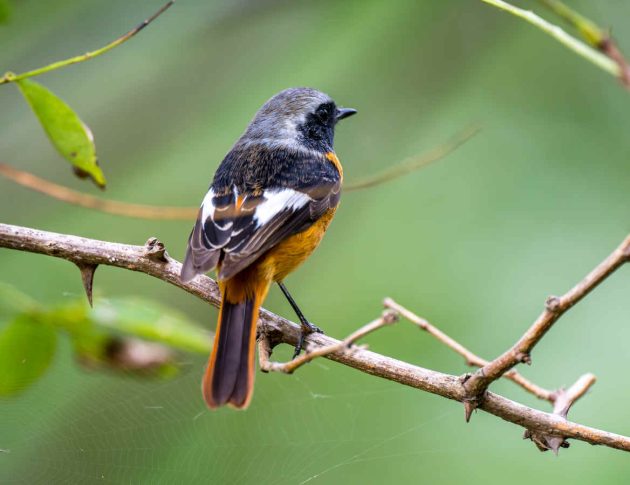
Another, similarly weird question is dealt with in another paper: does birdsong (including that of the Daurian Redstart) make it easier to tolerate annoying sounds in a residential compound? The answer is yes, at least according to a paper in Applied Acoustics.
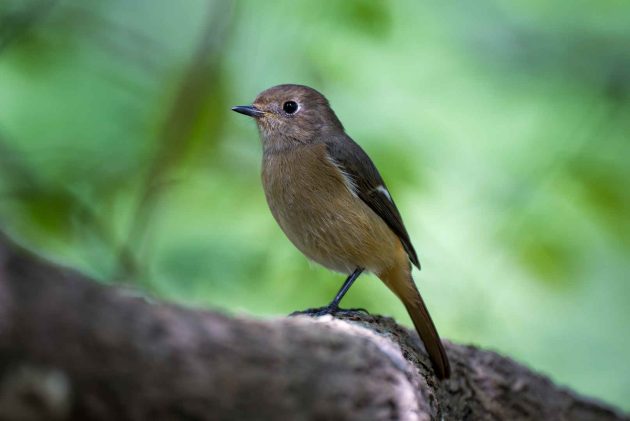
Among the more robin-ish species, we have the Rufous-tailed Robin (migrating) …
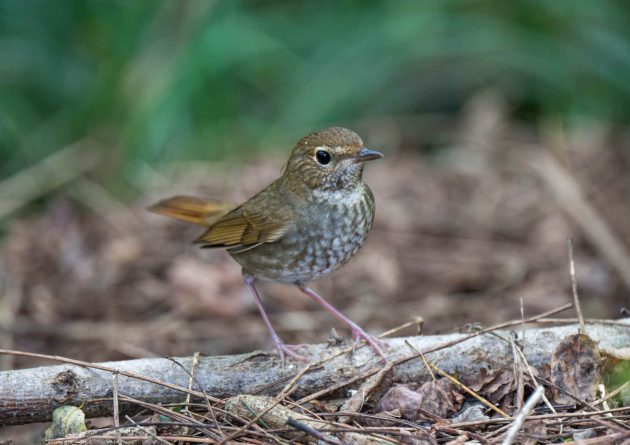
… and the Red-flanked Bluetail (here for the winter, though mainly the plainer female).
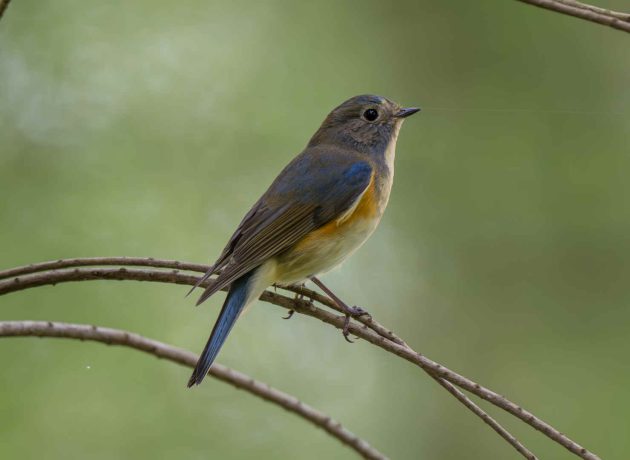
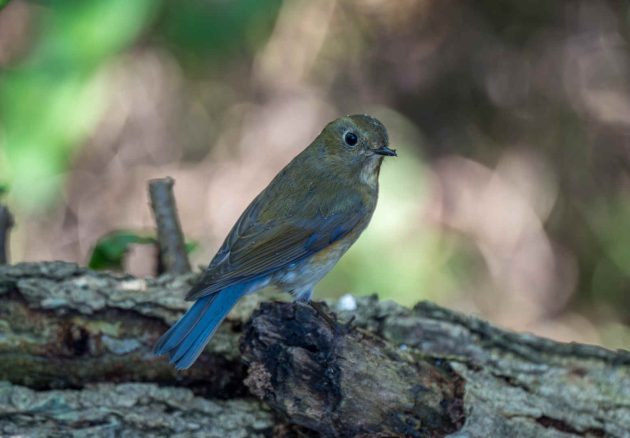
No day goes by without the Plain Prinia cursing its species name – any girl ever called Plain Jane by her classmates (or even worse, her boyfriend) will understand this.

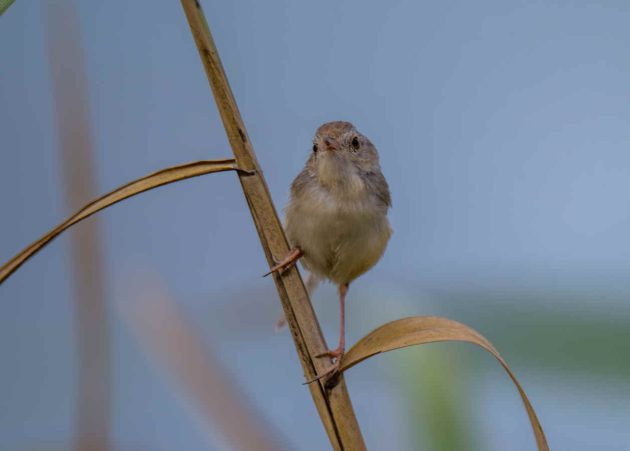
The Sakhalin Leaf Warbler is an example of the many almost indistinguishable leaf warblers migrating through Shanghai.
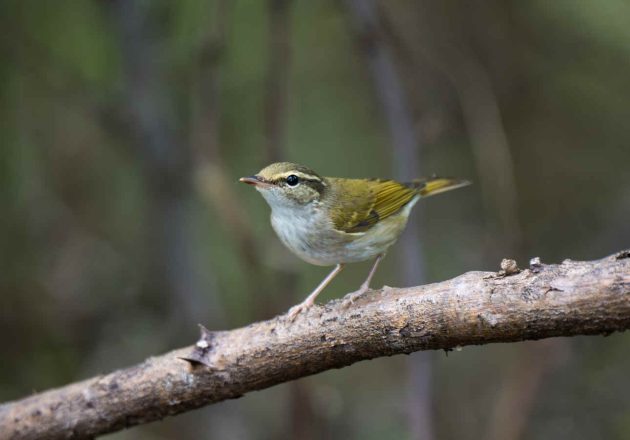
The HBW makes a rather unconvincing statement: “Distinguished from very similar P. tenellipes mainly by greener upperparts and lack of wingbars.” While the photos of both species (the other being the Pale-legged Leaf Warbler) show the exact same amount of barely visible wingbars. But of course, the greener upperparts are a dead giveway …
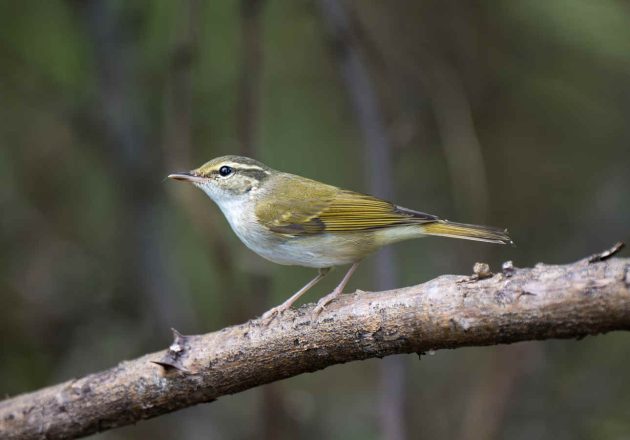
The Asian Stubtail looks somewhat similar but has the decency of behaving rather differently, more like some small ground-dwelling robin. Highly appreciated behavior.
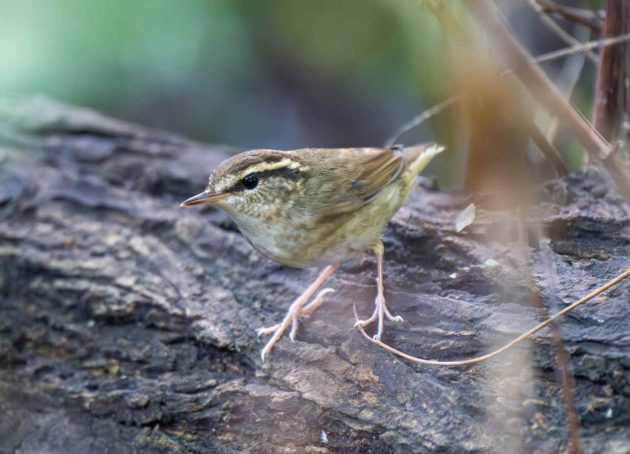
Raptors: not many, and mostly just flyovers, which are nice for listers but frustrating for slow photographers like me. The Eurasian Kestrel was a nice exception …

… even though this pose makes the bird look rather weird.
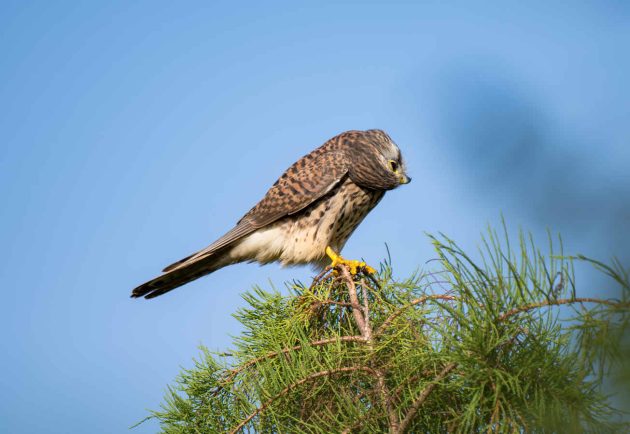
At least in parts of Spain, Kestrels are exposed to anticoagulant rodenticides (source). So, if you want to kill rodents, better get cats, right? Or not?

One paper proposes that the Eurasian Hobby has a set of “false eyes” at the back, and the photos shown in that paper support the hypothesis. However, the bird I saw at Nanhui does not seem to have the same false eyes. Another nice hypothesis killed by looking at reality.

Sadly, the paper “Predation of Dawn-swarming Bats by Eurasian Hobby (Falco subbuteo)” does not even have a freely accessible abstract online. So, no information on the paper here, and no glory (but some shame) for the researcher David J. Stanton. Should have picked a different journal.

Yet another paper is titled “Gross Anatomical Studies of the Oropharyngeal Cavity in Eurasian Hobby“, and indeed, the title is correct, in my opinion: after checking out what exactly the oropharyngeal cavity is, I found it gross indeed (any comments related to the low quality of my puns will be deleted by a dedicated AI program).

On a nicer note, Eurasian Hobbies seem to at least occasionally practice cooperative breeding. This is still legal in Europe, even though in the USA, cooperative breeding has already been condemned as Marxist lunacy.
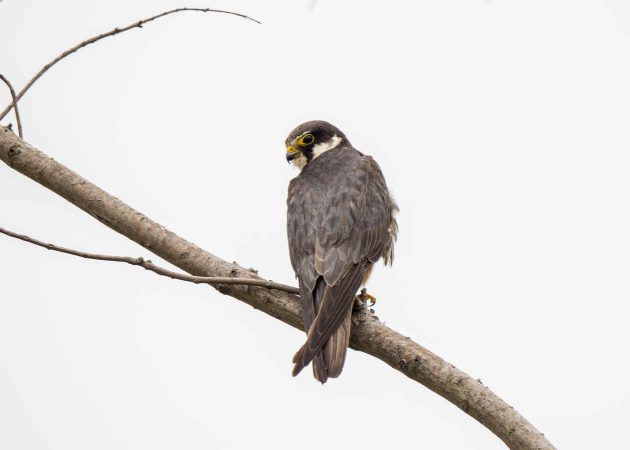
In the by now almost inevitable section “Kai making fun of poorly edited or reviewed scientific papers”, the Eurasian Hobby also makes an entry. The Life Science Journal has an abstract starting with the sentence “The avian stomach was a muscular organ”, which is later followed by “The Falconidae family was belonged to the order Falconiformes.” If you think I am not a nice guy pointing this out, you are probably right.

Finally, a few photos of egrets and herons looking mostly bored.


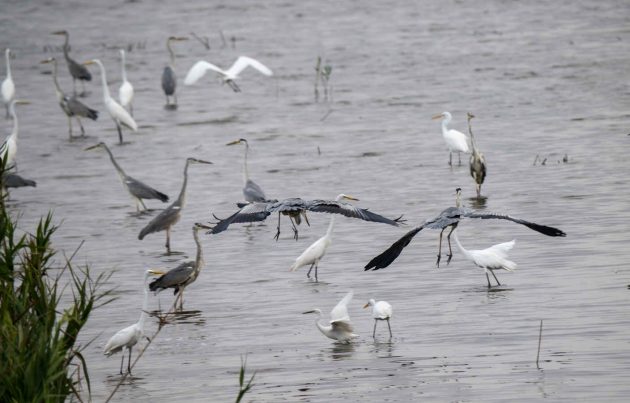
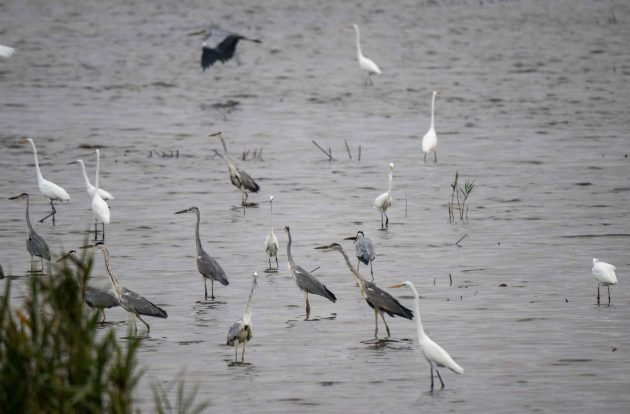


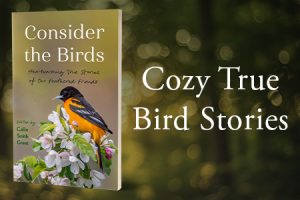

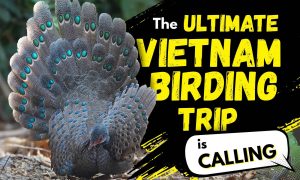



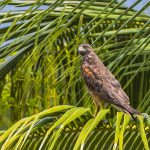

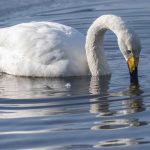
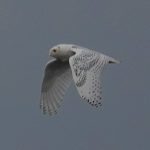
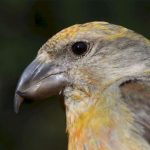
The understated beauty of the Siberian Thrush… I prefer that bird over the scops owl (despite its cuteness, cute as a kitten)
Wow, some cracking birds there. Makes autumn birding here in East Anglia (UK) seem pretty dull.
The owls are so cool! Great photos of them!
Thanks for the writeup! This is my second winter birding and I immediately felt that calming sensation of seeing the Daurian Redstart making their appearance again.
Shanghai really gets a great selection of birds!
Thanks for your comments! Actually, I was a bit disappointed by this October – no Siberian Rubythroat, no decent pitta photo, only one owl species … after 10 early-morning drives out to Nanhui. Glad you like the results though.